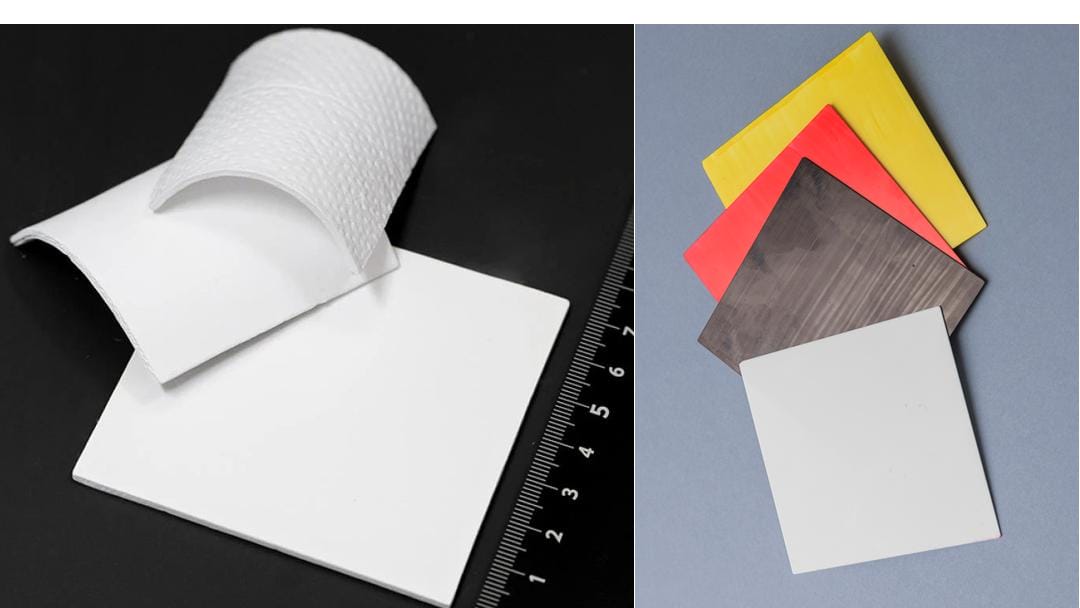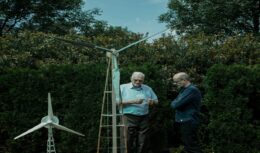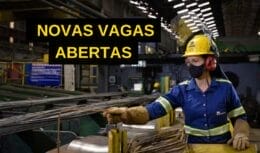
Scientists develop material that will make air conditioning an outdated product. This is a new ceramic that passively cools environments.
Scientists in Hong Kong have achieved a notable milestone by developing a new ceramic capable of cooling environments, representing a significant advance in the field of passive radiative cooling, also known as passive cooling. This approach directs heat to the cold space without the need for energy consumption. The innovative material, called “cooling ceramics“, promises to revolutionize the traditional concept of air conditioning.
New ceramics that cool environments can be up to 20% more economical
The material achieved high-performance optical properties by reflecting heat at frequencies to which the Earth's atmosphere is transparent. This makes it possible to download the room temperature without using air conditioning or other methods that waste energy, which makes the material a promising alternative to traditional methods.
More than a laboratory demonstration, the cost-benefit ratio, durability and versatility of ceramics make it practically ready for sale, for use not only in civil construction, but also in several other applications.

[Image: City University of Hong Kong]
According to the teacher Chi Yan Tso, from the University of Hong Kong, the experiment showed that the application of new ceramics that cool environments on the roof of a house can generate more than 20% savings in electricity for cooling environments, which confirms its great potential in reducing dependence of people's active cooling methods, and provides a sustainable solution to avoid overloading the electrical network, greenhouse gas emissions and urban heat islands.
The extraordinary uniqueness of cooling ceramic, which eliminates the need for air conditioning, resides in its hierarchically porous structure inspired by the bark of the beetle, which has especially shiny white scales that cover its entire exoskeleton. These white scales contain sclerotin, a modified form of the polymer chitin, and are whiter than any artificial material produced so far.
Ceramics that cool environments and do not require air conditioning are produced with affordable materials
The ceramic that cools environments and does not require air conditioning was produced using accessible materials, such as alumina, through a simple two-step process, involving phase inversion and sintering, making production scalable and economically viable.
Ceramics score points in the two optical properties that determine the cooling performance of passive cooling materials, typically described in two wavelength ranges: The Solar Range and the Mid-Infrared Range. Efficient passive cooling demands high reflectivity in the first band, to reduce solar heat gain, and high emissivity in the second band, to maximize radiative heat dissipation.
Alumina, the main raw material for the new ceramic, ensures that it keeps solar absorption to a minimum. The cooling ceramic is made of alumina, which generates the desired degradation of UV resistance, which is a typical concern for most polymer-based passive radiative cooling designs.
The model also has excellent fire resistance, as it withstands temperatures exceeding 1.000º C, which exceeds the capabilities of most polymer-based or metal-based passive radiative cooling materials.
Material achieves excellent performance in tests
In addition to its great optical performance, during field testing, the cooling ceramic, which will make air conditioning obsolete, showed great weather resistance, chemical stability and mechanical strength, making it ready for long-term outdoor applications.
At extremely high temperatures, the cooling ceramic is super hydroeasy, enabling immediate droplet spreading due to its interconnected porous structure. This characteristic inhibits the Leidensfrost effect, which prevents evaporation, commonly found in traditional building cladding materials, and allows for efficient evaporative cooling. The Leidenfrost effect is a phenomenon that occurs when a liquid comes into contact with a surface that is significantly hotter than its boiling point.











